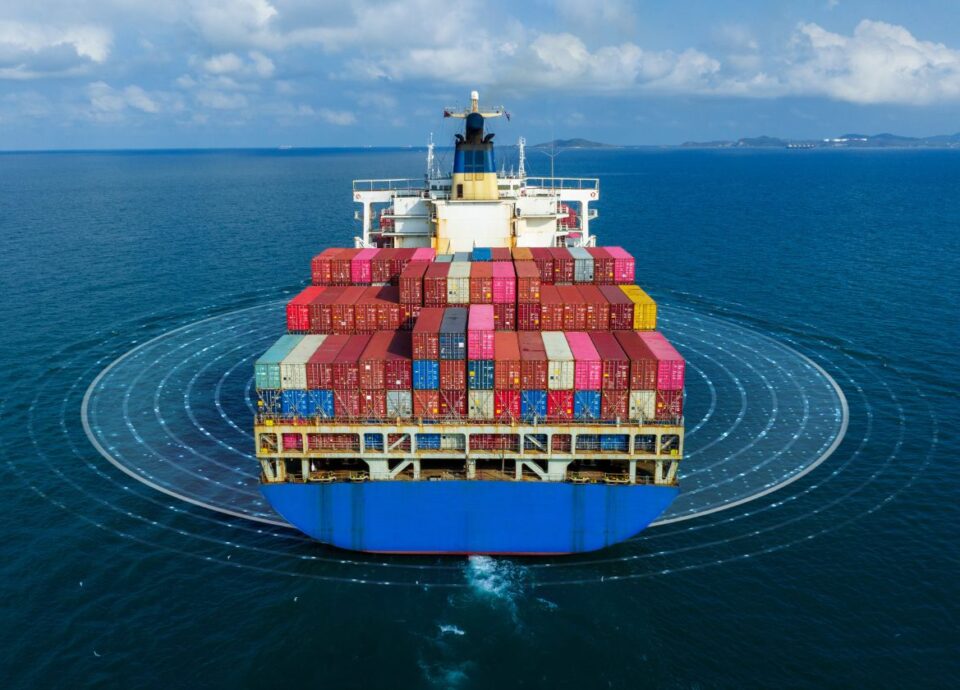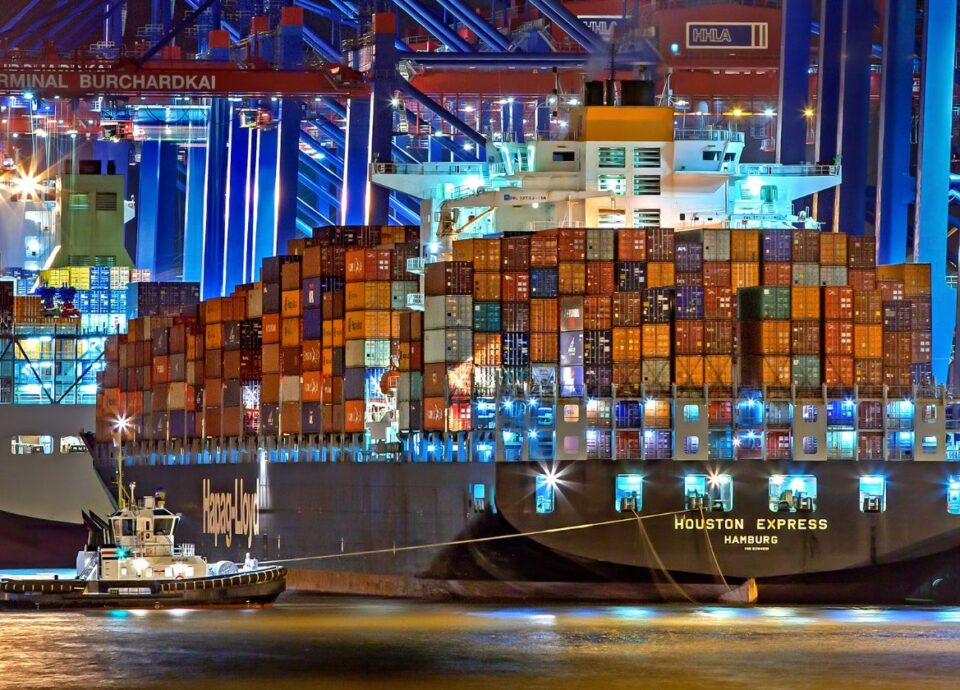To meet decarbonization targets, the industry is establishing green shipping corridors—dedicated trade lanes powered by alternative fuels.
Alternative Fuels on the Rise
Hydrogen, ammonia, and methanol-fueled ships are gradually replacing conventional vessels. For instance, ports along routes like Singapore–Rotterdam are being retrofitted to support these fuels.
Infrastructure Developments
EU’s FuelEU Maritime regulation is prompting bunkering upgrades, while ports are investing in shore power and low-carbon refueling infrastructure.
Regulatory Incentives
The IMO’s Net-Zero Framework introduces carbon pricing (starting 2028) targeting ships over 5,000 GT. With net-zero ambitions by 2050, such corridors are vital.
Real-World Impact
Trials with hydrogen-powered short-sea vessels show promise, though technical and safety barriers remain.
Conclusion:
Green shipping corridors are crucial stepping stones toward a sustainable maritime future, aligning industry and environmental goals.



